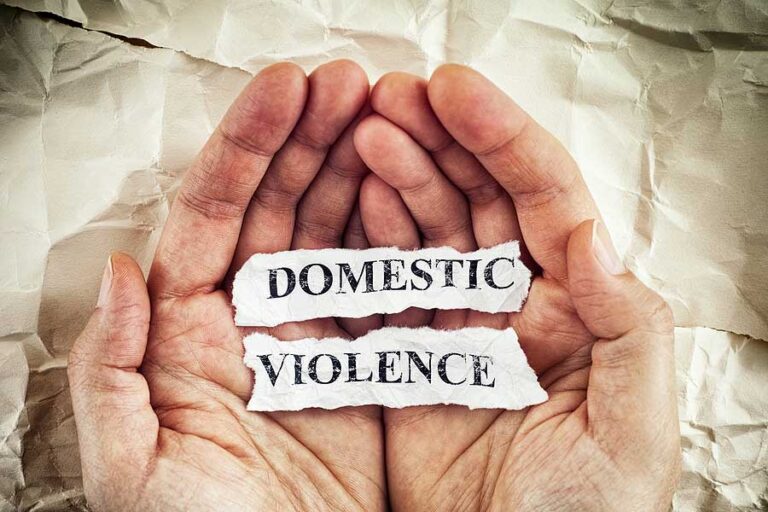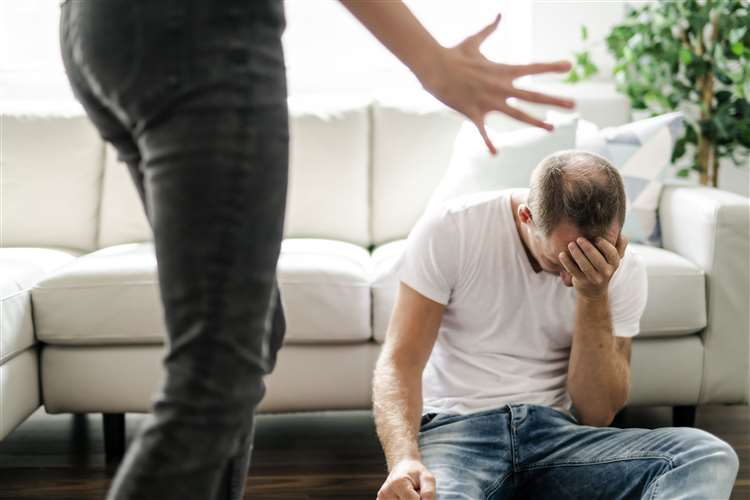No one wants to face arrest, especially over something so serious as domestic violence. Did you know around 50% of people have at least one family member go to jail? If you, a friend, or a loved one has been arrested for domestic violence, your first step is to contact an attorney and call a surety company to post a bail bonds.
What Is Considered Domestic Violence?
Before we delve into the bail amount for domestic violence crime, we need to help you understand its definition. Although many believe domestic violence involves physical contact, this is not always the case. The following are some of the types of domestic violence crimes.
Physical
Physical abuse may mean striking a person or exhibiting violent behaviors. Physical abuse may also include threats or intimidation.
Emotional
Emotional abuse is often referred to as psychological abuse. This abuse involves the perpetrator terrorizing or causing psychological distress to the victim.
Sexual
Sexual abuse occurs when sexual contact is non-consensual. The use of force or verbal pressure to get someone to engage in sexual activity is sexual abuse.
Economic
A person may withhold money from their spouse or forbid them to work. Abuse victims may be kept from having access to their bank accounts.
Degrees of Domestic Violence
There are degrees of domestic violence charges. A defendant will be charged with one or more of the following.
Domestic Violence in the Fourth Degree
Domestic violence in the fourth degree is a class A misdemeanor. This crime is punishable by up to a year in prison and fines up to $2,000.
Domestic Violence in the Third Degree
Domestic violence in the third degree is a Class E felony. This crime is punishable by up to four years in prison and fines up to $10,000.
Domestic Violence in the Second Degree
Domestic violence in the second degree is a Class D felony. This crime is punishable by up to seven years in prison and fines up to $10,000.
Domestic Violence in the First Degree
Domestic violence in the first degree is a Class B felony. This crime is punishable by up to five years and possible punitive fines. First-degree domestic violence crimes could result in up to 30 years or life in prison, depending on the injuries inflicted on the victim.
How Much Is Bail For Domestic Violence?
When it comes to domestic violence, there is often a 48-hour jail hold to keep the defendant in jail so they are unable to retaliate against their victim. The 48-hour hold is the longest the court can go without granting bail.
It is up to the judge to determine the bail amount. The judge will decide on bail based on the following.
- The severity of the domestic abuse crime
- The defendant’s risk to their victim and the community
- The defendant’s criminal history
- The evidence and likelihood of conviction
- The defendant’s record on showing up for court
The bail amount will depend on the severity of the crime. For instance, communicating threats or slapping the victim would result in a misdemeanor. The bond for this crime might range from $500 to $1,000.
More serious domestic violence crimes will result in much higher bail amounts. For instance, sexual abuse with force could result in a bail amount that rises into the thousands.
Those arrested for domestic violence must NOT contact the victim while in jail. Contacting the victim could be considered harassment and may result in additional charges. The judge could even deny bail, especially if the inmate was communicating threats to the victim.
Bail For Domestic Violence
No matter the domestic violence crime, defendants have rights afforded to them under the law. Depending on the seriousness of the charges, the judge will grant bail.
Bail for misdemeanor domestic violence ranges from $500 to $1,000. Felony domestic violence charges could result in very high bail amounts that may rise into the thousands.
Domestic violence crimes are difficult to handle and should never be taken lightly. Getting help with bail is possible with a bail bondsman.






